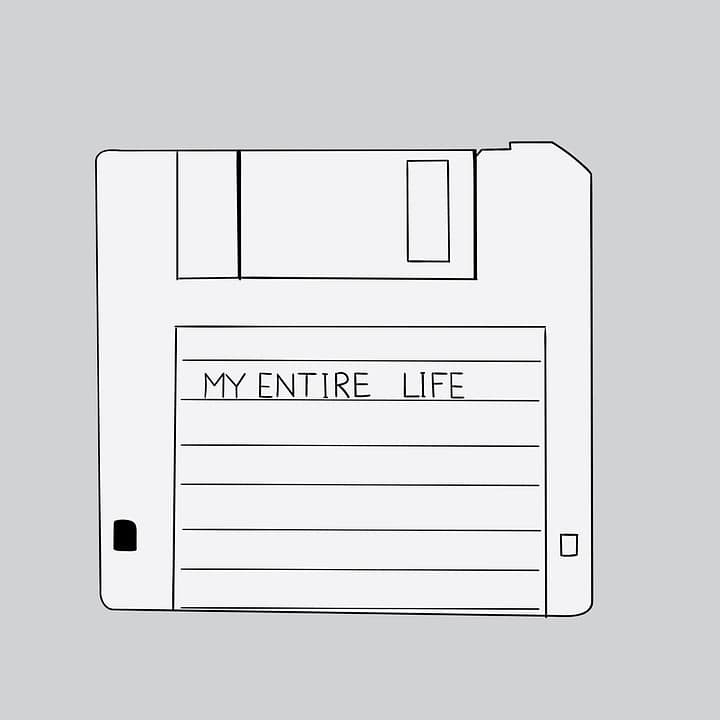
You may have a business continuity plan (BCP) in place, but how confident are you that it will stand up to every disaster you may experience? Your BCP must be able to address all manner of detrimental disruptions, from flooding and fires to cyber attacks and ransomware, including how much risk you face from each of these. Most importantly, your organizational policies must take account of the well-being of your employees, the steps to recovery of systems and data, and what outside factors could impact the restoration of your operations.
Here are some tips for ensuring that your business continuity planning is prepared for every disaster risk you face:
Technology and Services Beyond Traditional Backup
Business continuity is a practice that goes well beyond simply backing up your files in a separate storage space – if your BCP consists solely of transferring your data to spare drives, then you are wholly unprepared for a serious incident. Backup is a small – if important – part of facilitating disaster recovery, and there are many additional steps to follow through before you are truly protected. Fortunately, technology and the experience to use it properly can significantly streamline this process and greatly increase your chances of successfully restoring your systems.
Business Continuity and Disaster Recovery (BCDR) Solutions
True business continuity and disaster recovery (BCDR) services are dedicated programs built to facilitate your recovery processes through modern technology and practices. An experienced and well-equipped BCDR provider will help you map out the tools you need and which procedures to put in place to capture the best value return on them in the event of system downtime.
Factors That Will Affect Your Business Continuity Policies
There are many factors that must be weighed during your risk assessment to establish your business continuity policy, along with many external obligations to regulators and your customers. Here are some of the important to keep in mind:
- Location
Where your business offices, resources and assets are located will play a significant part in which natural disasters they are susceptible to, and what policies you must have in place to facilitate recovery. If any of your workspaces, tools or IT infrastructure lives in a location that faces increased danger of hurricanes, earthquakes, wildfires, tornadoes, etc., then your planning MUST address this.
- Equipment
Equipment to secure can include a long list of assets, from manufacturing instruments to servers and computer hardware. Whatever is needed for your business to continue functioning – whether for maintaining production or managing communications with customers – must have a backup plan for restoration or replacement within your policies.
- Industry
What you do and who you do it for will greatly determine the scope of your business continuity policy, with factors like the customers you serve and the regulations you face introducing their own requirements. One item to watch out for in particular is personal data compliance, as any information that is lost or stolen is likely to become a huge breach of regulatory guidelines.
- Employees
Your employees represent one of the biggest factors that will influence your BCP policy, as you must be able to guarantee their safety in the event of a disaster, along with the ability to fulfill their roles and protect your data afterwards. Your business resilience (including cyber resilience) depends greatly on the preparedness you impart upon your personnel to respond to disruption.
- Third Parties
So many value chains today rely on multiple organizations working together to contribute their expertise and output, and your planning needs to include the impact of third-party dependencies in ensuring business continuity. This entails everything from suppliers and vendors in your supply chain, to cloud-hosted systems that your company relies on for any function.
The Disasters You Must Plan for and How to Recover
To ensure disaster recovery, your business continuity policies must be fully prepared for the biggest risks. Here are some of the biggest threats and how to best equip your BCDR services and solution to address them:
- Local Fire & Flooding
Local disasters cover a wide range of potential dangers, but what all of these incidents share in common is the fact that they can happen seemingly without warning, but also that they can be contained. Your biggest priority must be protecting your employees, and the second safeguarding your mission-critical data.
If any of your precautionary measures against building fires or flooding break down, then you will need to make sure your data is backed up and your systems can be replicated at another location after your employees are safely removed. Preparedness is key beforehand, while communication will be vital after the incident to coordinate continuity from another workspace, including for anyone who is able to work from home.
- Tornadoes, Hurricanes, Wildfires, Etc.
This can be an even broader list than localized disasters, but larger natural events are defined by the potential – and actual – widespread destruction they bring, which can easily include your backup resources if you have not planned properly. This requires much more stringent preparation as well as precautions even in the face of possible “false alarms” from weather reports. If you have facilities located in Tornado Alley then you need to stay on top of tornado warnings, and the same goes for avalanches and landslides near mountains, earthquakes and wildfires on the West Coast, and hurricanes on the East and Gulf Coasts.
Because these natural disasters most often affect wider areas, you must consider cloud options if you do not have the resources or time to redeploy your employees and IT assets in locations far removed from the danger. This will enable you to quickly and seamlessly access your backed up data from local devices, and resume operations from where you left off.
- Human Error
Perhaps one of the easiest disasters to overlook is the unlucky mistake that breaks something in your systems or compromises your data, but you must prepare for the eventuality of human error all the same. The biggest challenge here of course is right in the name – no one ever expects a slip up so there is no notice it is going to happen, and this makes the risk constant. The only way to assess the danger is to always expect it, making sure to introduce safeguards to protect your employees from themselves, and your assets from them.
Your business continuity policies should already include steps to handle the most likely eventualities in your specific workspace (e.g., handling an injury from manufacturing equipment), but must contain steps to restore your technology. You need to have fail safes against human error within your IT infrastructure, and frequently backed up data just in case anything shuts down for too long.
- Cyber Attack
There are many forms of cyber attack that can compromise your data, but one of the biggest threats is from malware that can damage or destroy your files, or even take away control of your mission-critical technology. Ransomware is the most persistent culprit for all of these dangers, and many organizations that have made the mistake of paying a ransom in desperation to restore their systems have inevitably found the data unusable or unattainable afterwards.
You must take every precaution you can against a data breach to keep out hackers, but in the event that one does break through and encrypts your files, then you need to have reliable backups located out of their reach. Your BCDR service provider has to be able to guarantee the safety of your stored information and ensure it is kept segregated from any access an attacker has obtained.
Working with a Business Continuity Service Provider
Finding the right business continuity service provider means working with a partner that understands the intricacies of your business and can recognize the gaps where your planning may fall through. They will be able to help you identify these vulnerabilities, and deliver the right solutions and practices to solidify your BCP.
Disaster Recovery as a Service (DRaaS)
Cloud-hosted BCDR enables the delivery of disaster recovery as a service (DRaaS) that seamlessly restores your systems and data leveraging resources in the cloud. This is especially important if you rely on any existing web-hosted software (such as Microsoft 365), as it enables you to better guarantee the data from those applications is backed up digitally.
SWK Will Help You Find the Right BCDR Solution & Policies
SWK Technologies is an award-winning managed service provider (MSP) as well as a cloud service provider (CSP) and software value-added reseller (VAR) with experience in multiple industries, and we will leverage this combined expertise to help you discover the best BCDR solution and policies for your unique needs. Learn more about disaster recovery planning and policy building, and SWK’s business continuity services, by registering to watch our webinar.
Sign up for our webinar here to uncover more about enabling business continuity and recovering from your most likely disasters with the help of SWK’s BCDR solutions.

